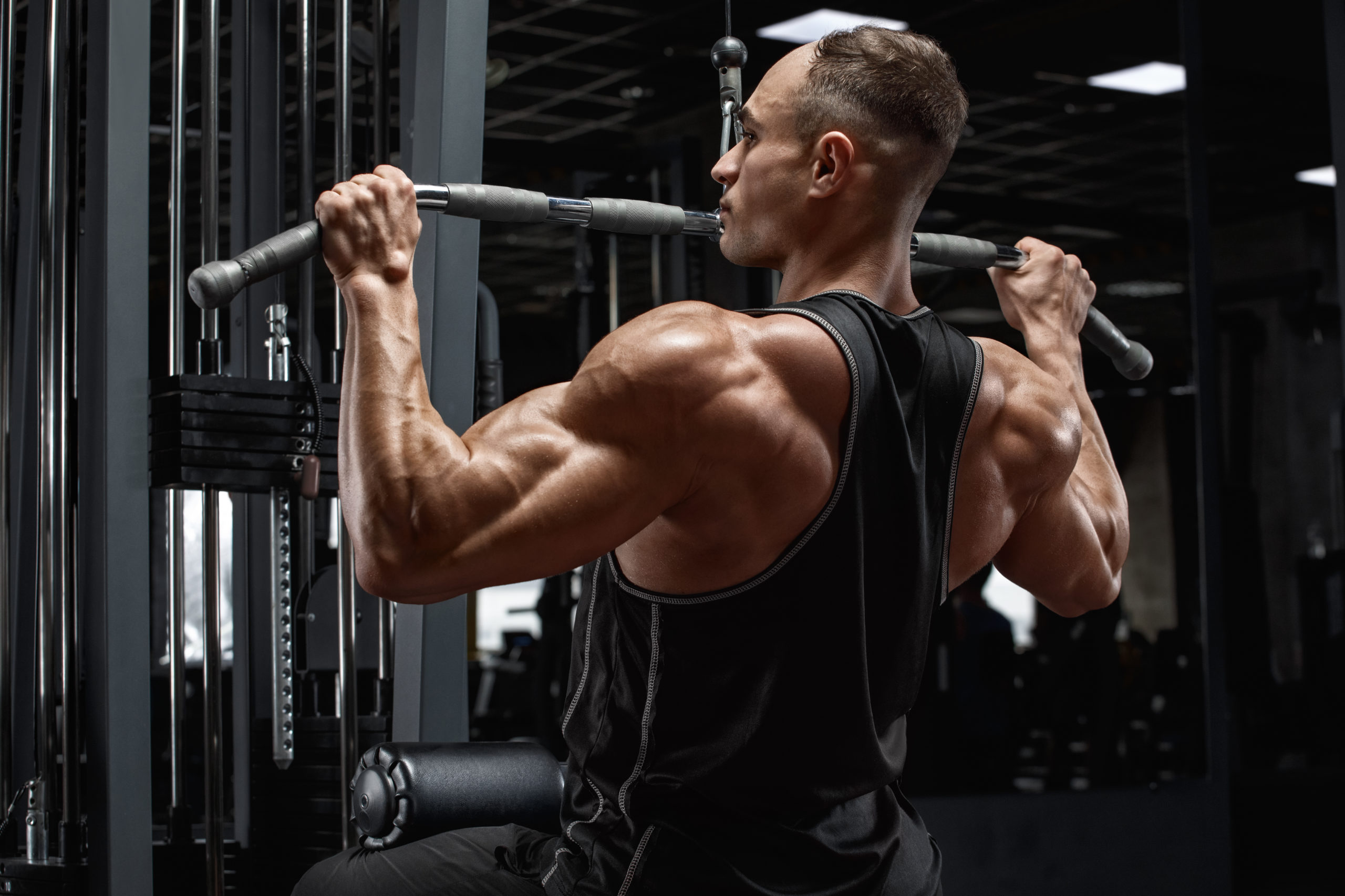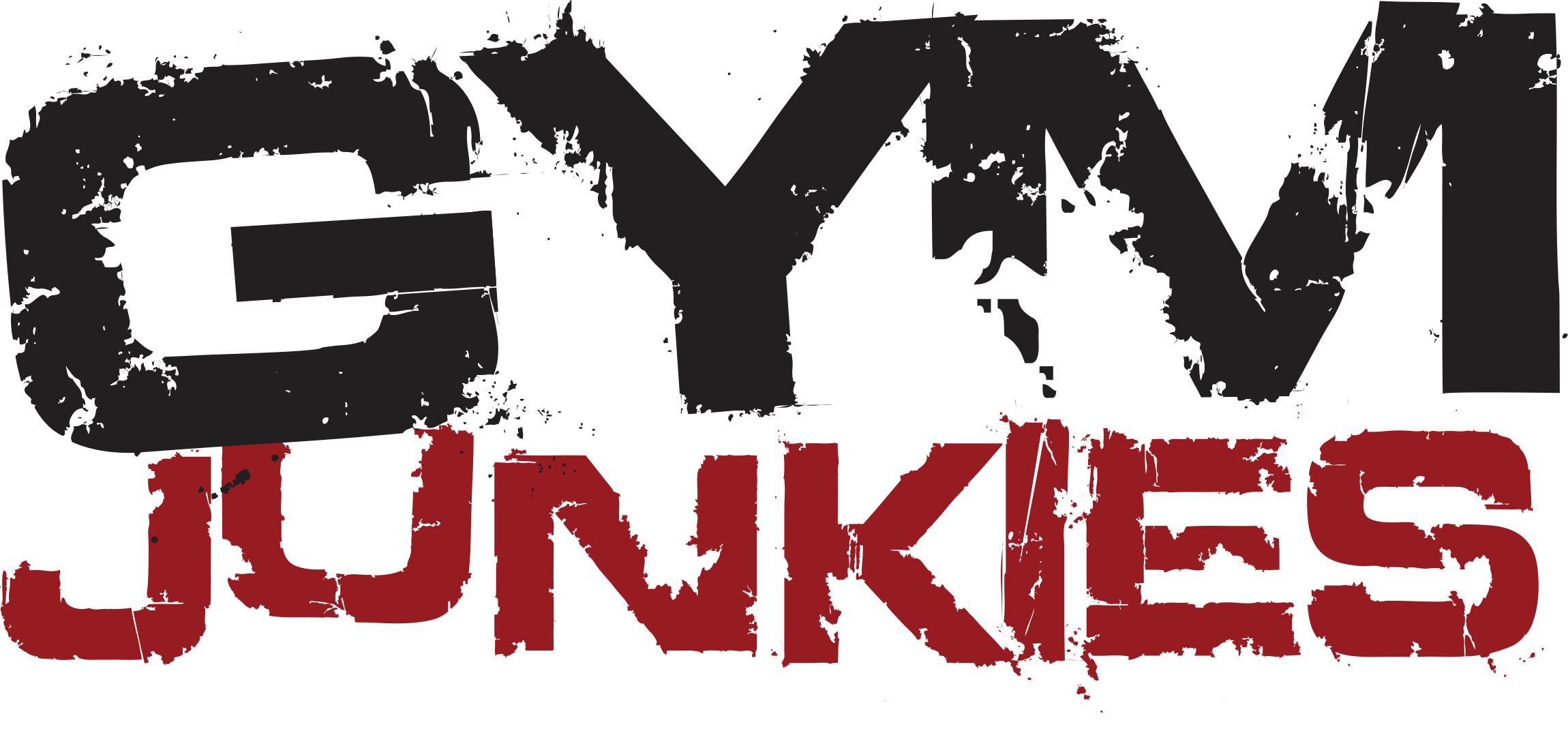
You might have heard of resistance and strength profiles, but shied away from it. After all, it does sound complicated. But anything we do not know, sounds complicated at first. Do not worry, we will break it down for you in simple terms. It is not very difficult to understand at all, and will massively help you progress your training.
More specifically, we will explore how resistance and strength profiles work and why they are so important. It will help you understand how much exercise selection varies depending on the goal of the training we are trying to achieve.
Resistance Profile
A resistance profile is a measurement of the relative tension in the muscle throughout the whole range of motion in a given exercise. In other words, where it is going to be harder and easier in the exercise. Some exercises are harder in the lengthened and shortened position, while others are harder in the mid-range.
Examples of Resistance Profiles
To illustrate this more clearly, let us take an example for each resistance profile. These include the lengthened, shortened and mid position.
An example of an exercise that has the most resistance in the lengthened range is the barbell squat.
When we are at the bottom of the squat, we are in the lengthened, or stretched position. This is where the exercise is the hardest. As you go up, the easier it becomes.
As for the shortened position, a dumbbell lateral raise is a great example.
The laterals are hardest at the top, where there is most resistance. Here we are in the shortened position of the medial delts. As we go down, in the lengthened position, there is very little to no resistance.
Lastly, we have the mid-range. The dumbbell curl is an exercise which has the most resistance in the middle of its range of motion.
At the extremes, whether it is the shortened or the lengthened position, there is less resistance than in the middle for the dumbbell curl.
Strength Profile
Strength profile refers to the muscles’ ability to produce power through every length of that specific muscle. Meaning, the amount of power the muscle can produce as it lengthens and shortens.
In most cases, muscles are strongest in the mid-range, and weakest in their extremes. Thus, they are able to produce more power in the mid-range, and less in the shortened and lengthened positions.
Joint Functionality
However, this is without considering joint functionality. At that point, we could always find and match exercises that have mid dominant resistance profiles. Which is the wrong kind of thinking.
We have to also consider how these muscles are attached to our joints, and how our joints function. Based on this, and many other factors which we will not get into, the strength profiles can switch in many directions.
For most people, it is not necessary to become a professor and dive deep into the math on these things. You can easily figure out the resistance profile and strength profile of an exercise by simply performing the exercise for yourself.
Pick an exercise, and perform a few repetitions. By paying close attention, you will feel where the exercise is the most challenging.
Unless, of course, you are or planning to be a trainer on a very advanced level. At that point, you should definitely dive deep into this, so you can gain a full understanding and be the best coach you can.
The Bottom Line of Resistance & Strength Profiles

Moreover, it is not necessary to match the force curve of the muscles every single time. The force curve when we consider the strength profile, is the muscles’ ability to produce power, with the functionality of the joints included.
You do not have to try to match the muscles ability to produce power and its joint functions the entire time.
Often people try to match these factors, because they think it will be an even resistance profile, because the exercise will be difficult in the whole entire range.
There is a time and place to match the force curve of the muscles, but focusing on the lengthened and shortened position has tremendous value too. This depends on the goal of the workout, and whether you are training for hypertrophy, metabolic or strength goals.
Most importantly, you need to understand that different exercises are going to be harder in different places.
It is not necessary to attempt to match the exercise to your muscles ability to perform work throughout the entire range. There are benefits to training various resistance and strength profiles, and you can manipulate these variables to work in your favor.
Examples of How to Use Resistance & Strength Profiles
For instance, if you are focused on fat loss, and are doing metabolic type of training, we want to reduce the amount of mechanical damage. The reason being, for metabolic training, we want to achieve systemic stress, recover quickly, and workout again as soon as possible.
Mechanical damage takes a lot of resources from the body to recover from, and therefore limits our workout frequency.
This type of muscle damage mostly occurs when there is a lot of training in the lengthened position of the muscles. Rather, much time spent stretching in the eccentric position, drop sets for exercises that bias the lengthened position, and so on.
Instead, we can incorporate less exercises that bias the lengthened position, and focus more on the mid-range and shortened range when we do metabolic workouts. In turn, we are able to accumulate systemic stress without much mechanical damage.
On the other hand, if we want to achieve mechanical damage and oxidative stress, we can superset exercises that bias both extremes. Meaning, first taxing the muscles to failure in the shortened position, thereby in the lengthened. We often do this in a hypertrophy phase.
This way, we are able to tax the muscles much more than we would with a single exercise.
A good example of this is the leg extension and hack squat for quads. We can pre-exhaust the quads with the leg extension, which trains the shortened position. Before destroying them completely with the hack squat in the lengthened position.
How Many Exercises Should You Do per Workout?

With more knowledge, we can now answer this question more clearly. As we have seen, it is impossible to give a good answer to this question without more specific context. First of all, you need to consider your goals.
Are you training for recovery from an injury? Wanting to lose fat? Desiring more strength? Or do you want to pack on some more muscle?
Deciding on your goal is your first step. Next, choose and plan an appropriate program for the goal and your lifestyle. After this, we can start considering which exercises you should pick and how many of them.
Of course, we cannot answer everyone, because it is so individual dependent, but we will give you some guidelines to work with.
Metabolic Workouts
If your main goal is fat loss, you are likely to spend most time in metabolic style workouts. As we mentioned earlier, we want to achieve this systemic stress and get out of the gym to recover. This is because we want to train as often as we can, and really push your endurance and conditioning.
These workouts are pretty short, and can last anywhere from 25-45 minutes, with your rest periods being very low to maybe 30 seconds.
We want to pick exercises that are more mid-range or bias the shortened position. Compound exercises are a great tool to achieve systemic stress.
Our goal is not to pick many exercises for each muscle group. One exercise can be enough depending on how you program it. Moreover, our aim is to train a lot of different muscle groups within a short period of time.
A great way is to incorporate a full-body split or a 2-day split, with one exercise per body part. 2-Day split means you will train all your muscles within two days. Of course not one exercise for every small body-part if you are doing a full-body workout, but at least for the big muscles.
Muscle Gain

For muscle gain however, we will mostly be in the hypertrophy phase. Here we will tax the muscles much more heavily, and use many more resistance profiles. We want to achieve lots of mechanical damage and oxidative stress.
There are so many ways to train for hypertrophy, but we will usually be doing a 3-4-day split. Meaning, you train all of your muscles within 3-4 days. Now you can do 2-4 exercises per body part depending on your fitness levels and goals, and training them at various resistance profiles throughout the week.
Strength Goals
As for strength goals, we will predominantly be in a neurological phase. Here we are trying to improve our nervous systems’ ability to contract muscles. This can be contractions in all ranges of the resistance curve.
As with hypertrophy, we will probably be doing a 3-4 day split. Our goal is not to train as many muscles as possible within a session, but rather improve our contractions. Therefore, we can pick anywhere from 2-4 exercises per body part for the week.
Using over 4 exercises per body part a week is usually an overkill, and will only be done in very rare circumstances.
Conclusion
After looking into both resistance and strength profiles, we can see that they are pretty easy concepts to understand. Moreover, how important and effective tools they can be to have in your arsenal when planning your workout programs. Different exercises are more challenging at various points, and we do not have to match the exercise to our muscles’ ability to do work throughout the whole range. There are benefits to bias the shortened, lengthened and mid-range for various goals. Lastly, we can see how important it is to understand our exercises to be able to choose the amount and type for our fitness goals.
Thank you for reading our article!
– Terry Asher
Terry Asher
Latest posts by Terry Asher (see all)
- Better Family – Product Review Liquid Daily 2 oz - Dec 16, 2024
- Post-Workout Recovery: The Key to Optimal Performance - Nov 25, 2024
- Pre-Workout Supplements – Everything You Need To Know - Nov 18, 2024











[…] Clickbank Marketing Tools Source link […]
[…] Source link […]
[…] can be easy to measure strength gains compared to hypertrophy and fat loss. Not only for competitors who are getting ready for a […]
[…] as better muscular contractions, increase in strength, and maybe even an improvement in their posture. But it will not show much visually because of the […]
[…] as better muscular contractions, increase in strength, and maybe even an improvement in their posture. But it will not show much visually because of the […]
Thank you so much for giving everyone a good understanding of Resistance and Strength Profiles. We need to know what They are and how to use them so as not to make unfortunate mistakes
[…] as better muscular contractions, increase in strengthand maybe even an improvement in their Posture. But it will not show much visually because of the […]
[…] can be easy to measure strength Gains compared to hypertrophy and fat loss. Not only for competitors who are getting ready for a […]
Thank you very much for this wonderful article. You put a lot of effort to please us with excellent content. This post has opened up so much information for me.
[…] can be easy to measure strength gains compared to hypertrophy and fat loss. Not only for competitors who are getting ready for a […]
[…] Source link […]
[…] can be easy to measure strength gains compared to hypertrophy and fat loss. Not only for competitors who are getting ready for a […]
[…] example, better muscle contractions are increased strengthand perhaps even their improvement posture. But it won’t show much visually because of the […]
[…] can be easy to measure strength gains compared to hypertrophy and fat loss. Not just for contestants preparing for a show, but for […]
[…] may be straightforward to measure strength good points in comparison with hypertrophy and fats loss. Not just for opponents who’re […]
[…] Source link […]
[…] as better muscular contractions, increase in strength, and maybe even an improvement in their posture. But it will not show much visually because of the […]